


Remember how easily you learned to use Amazon or eBay without any manuals? Now think about any CRM software off the top of your head: chances are, it took longer to master.
If you don’t want your CRM to share the same fate, read this article. We’ll talk about how to create a system that users can start with right away.

A well-designed CRM delivers substantial business advantages, like increased engagement, simplified data management, and improved customer service outcomes.
A well-designed CRM boosts adoption because people actually want to use it. With thoughtful UI design, your team spends less time hunting for features and more time getting work done.
<div class="post_divider"></div>
⭐Purrweb’s case
APPT is a web app that helps freelancers and growing businesses capture more leads automatically. Users set up their own websites where they can showcase their services and implore clients to book appointments online.
To make sure that small businesses and solopreneurs find the app easy to use, we added intuitive navigation and fleshed out the UI to be minimalist. Thanks to this approach, every necessary feature is a click away.
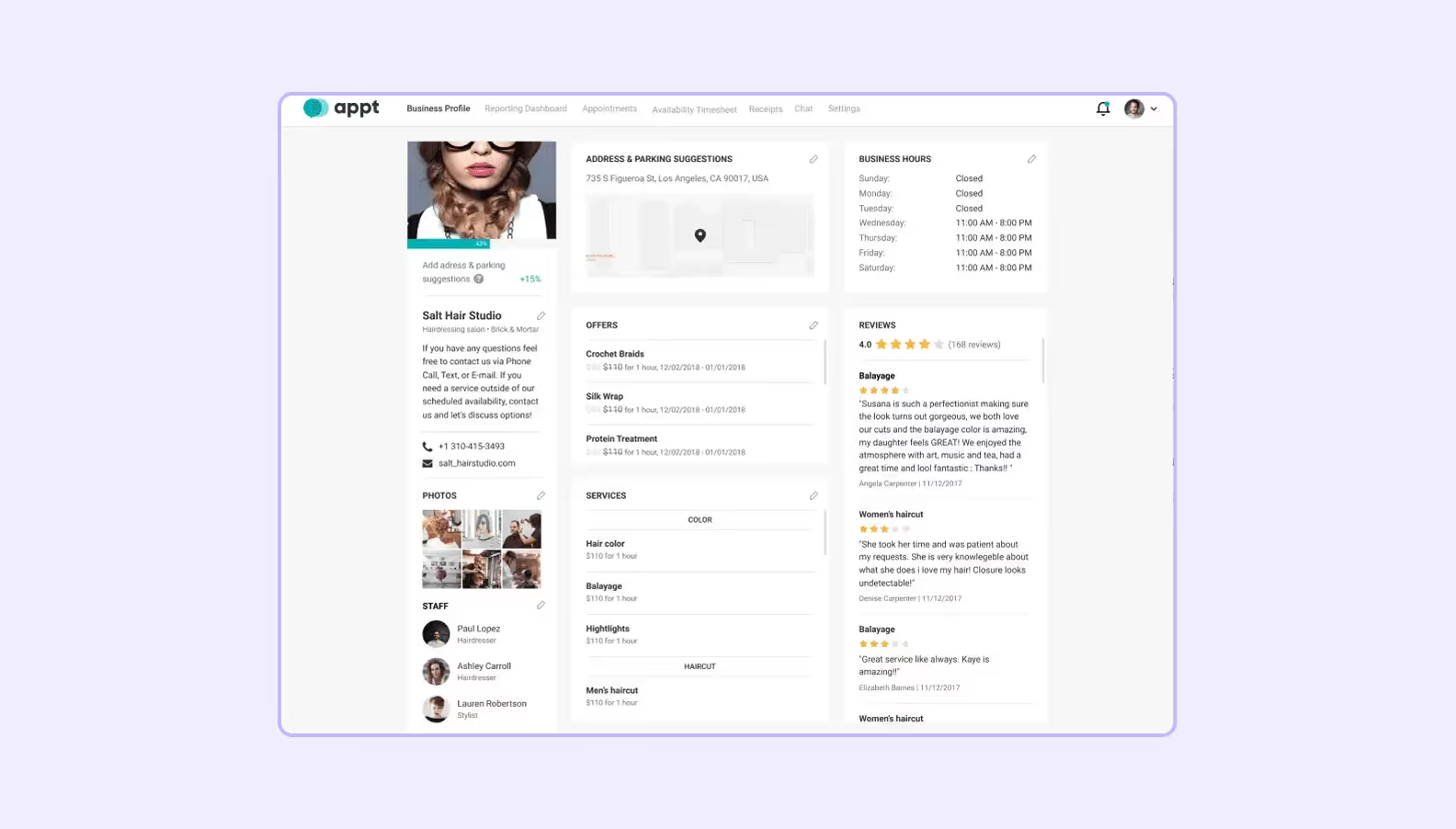
<div class="post_divider"></div>
Good designers think ahead about how different departments will access information, adding clear search tools and creating logical naming conventions that make sense to everyone. This makes it so employees spend less time looking for information and more time putting it to use.
A well-designed CRM can create a complete picture of each customer by pulling together their data: phone, email, chat, social media, and in-person visits and creates a complete picture of each customer. This lets agents jump into conversations without asking them to repeat information.
Let’s dive into the most important aspects of UI design, from smooth onboarding and adaptivity to customization.
A user's first experience with your CRM shapes everything that follows. The best CRM interfaces take a "get in and get working" approach that eliminates traditional adoption hurdles. Today's users should be able to log in and immediately know how to handle their everyday tasks.
Nobody wants to learn how to use a CRM, they just want to manage their customer relationships better. Every minute spent figuring out a CRM is a minute they're not creating value.
The key is matching your CRM's interface to your team's real-world habits and responsibilities. Don't force mobile users to pinch and zoom through desktop screens, and don't limit desk workers with simplified mobile features when they need robust tools.
<div class="post_divider"></div>
⭐Purrweb’s case
We created a streamlined mobile CRM for field sales reps who were drowning in paperwork. They were lugging around heavy folders and scribbling notes that they'd have to manually enter later. That's when our client reached out to us for a solution.
We focused on the must-have features and used React Native for both iOS and Android versions of the app, wrapping up in just 3 months. For $50,000, the client got a mobile app for their field reps and a web dashboard for office managers.
As a result, our client didn’t have to keep struggling with paperwork. This CRM improved decision-making and helped field reps work effectively, even offline.
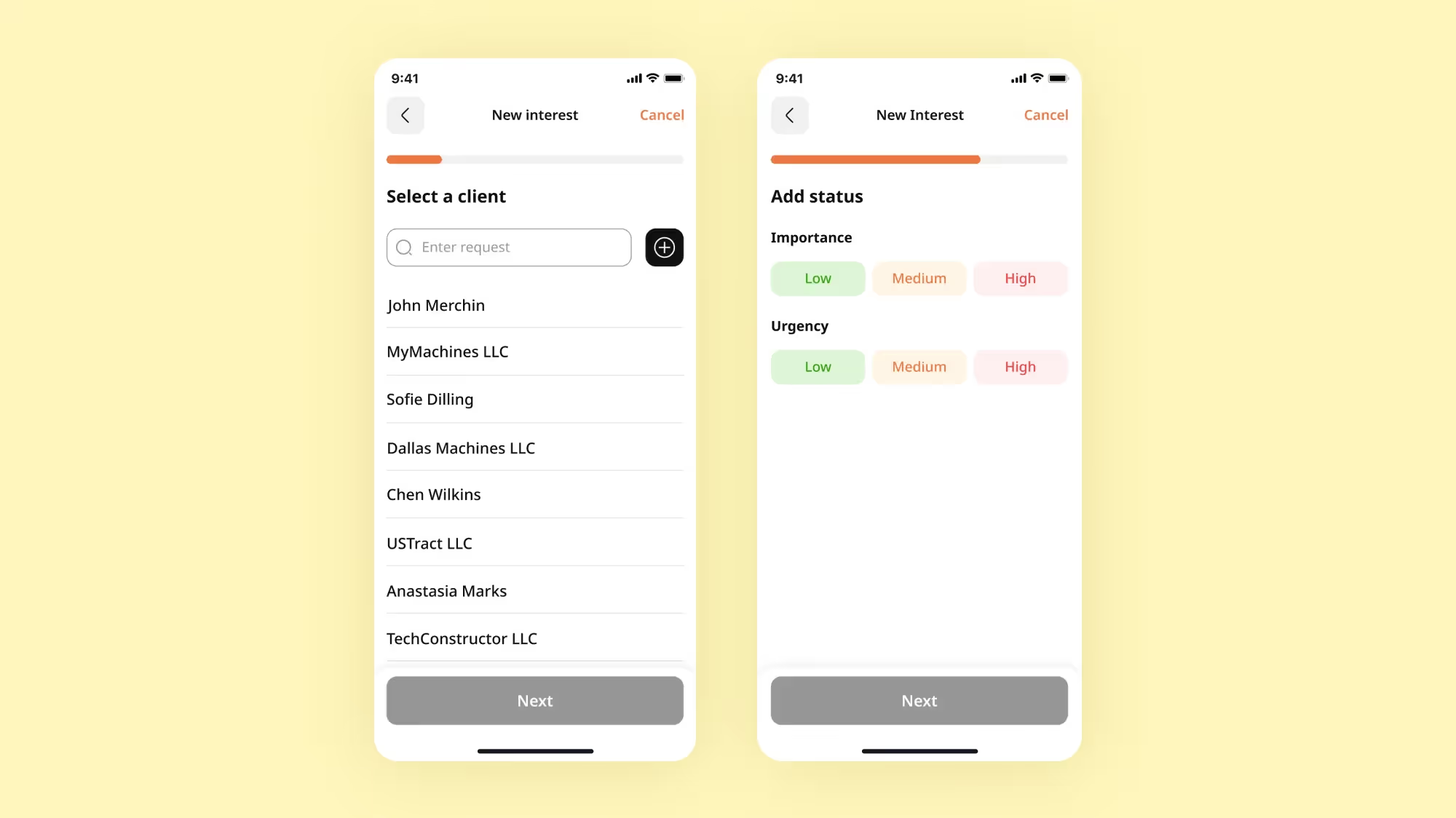
<div class="post_divider"></div>
Intuitive navigation in a CRM is most successful when users don't notice it at all. Like perfect service at a fine restaurant, it anticipates needs and creates a sense of effortless progress through complex tasks.
<div class="post_divider"></div>
⭐Purrweb’s case
A government security department approached us to modernize their applicant screening process. Their existing system required HR to manually search through Google, public databases, and social networks.
We proposed starting with a focused prototype to demonstrate value quickly while minimizing the client's risk. This approach paid off, and the resulting big data app streamlined their workflow dramatically.
In the end, the client said that the app sped up their workflow by 20x, and they saw a significant boost in performance across the department.
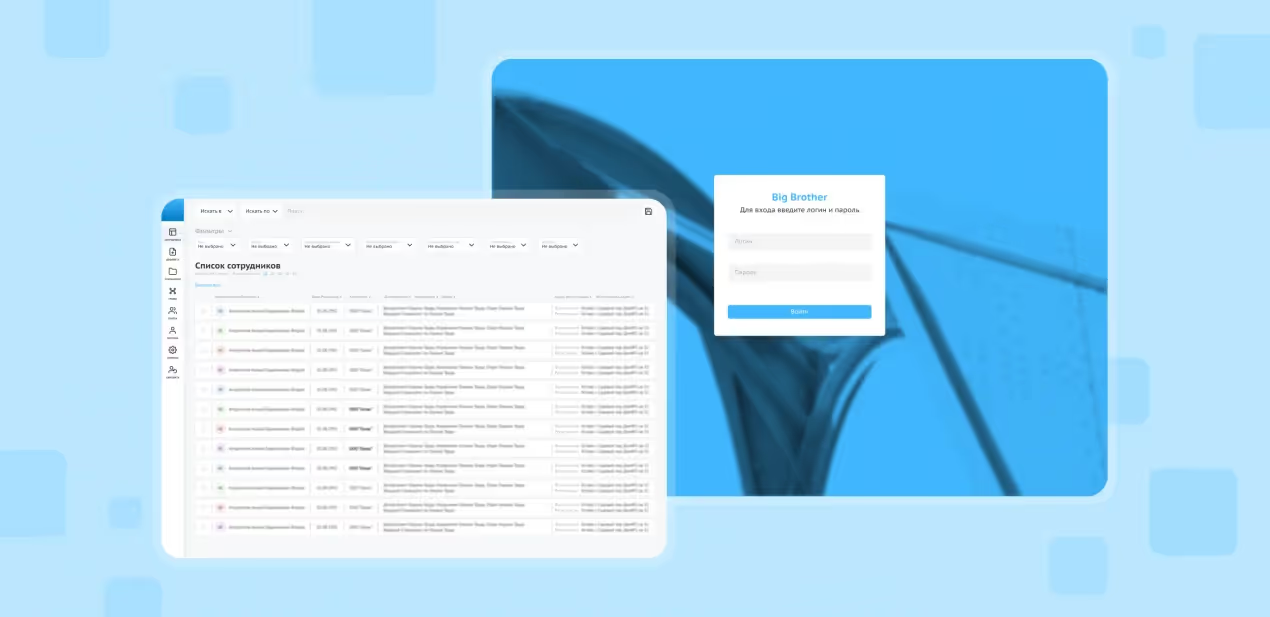
<div class="post_divider"></div>
Customization is essential for business success, and it directly affects user adoption and customer relationships. Every company has its own unique sales processes, customer engagement approaches, and reporting requirements. When a CRM can't adapt to these realities, users waste time trying to adapt themselves.
A well-designed CRM functions as the central hub of your business ecosystem. It should seamlessly connect all touchpoints: marketing automation, e-commerce, customer service, and field operations.
User experience in CRM systems can make or break adoption rates and ultimately determine the success of your customer relationship strategy.
When support excels, users work confidently with reduced anxiety about system issues and adopt new features more readily. This creates an environment of trust where teams can willingly explore advanced features, because they know that help is available when needed.
A good feedback system turns your static CRM into a business asset that improves constantly. The best CRM systems create a positive cycle: you implement user suggestions, users see their ideas matter, they use the system more, and they offer more helpful feedback.
CRMs with too many visual flourishes can be difficult to interact with: needless decorations distract from important information and make pages load slower.
<div class="post_divider"></div>
⭐Purrweb’s case
We helped create BaseballCloud, a platform that lets baseball players store their performance data in one place. They can track, compare, and view results without any flashy or annoying interface elements.
Since large amounts of information can be overwhelming, we made sure that BaseballCloud visualized data straightforwardly. Users don't have to struggle with confusing spreadsheets: instead, the software clearly outlines important metrics, highlighting the areas in which athletes need to improve.
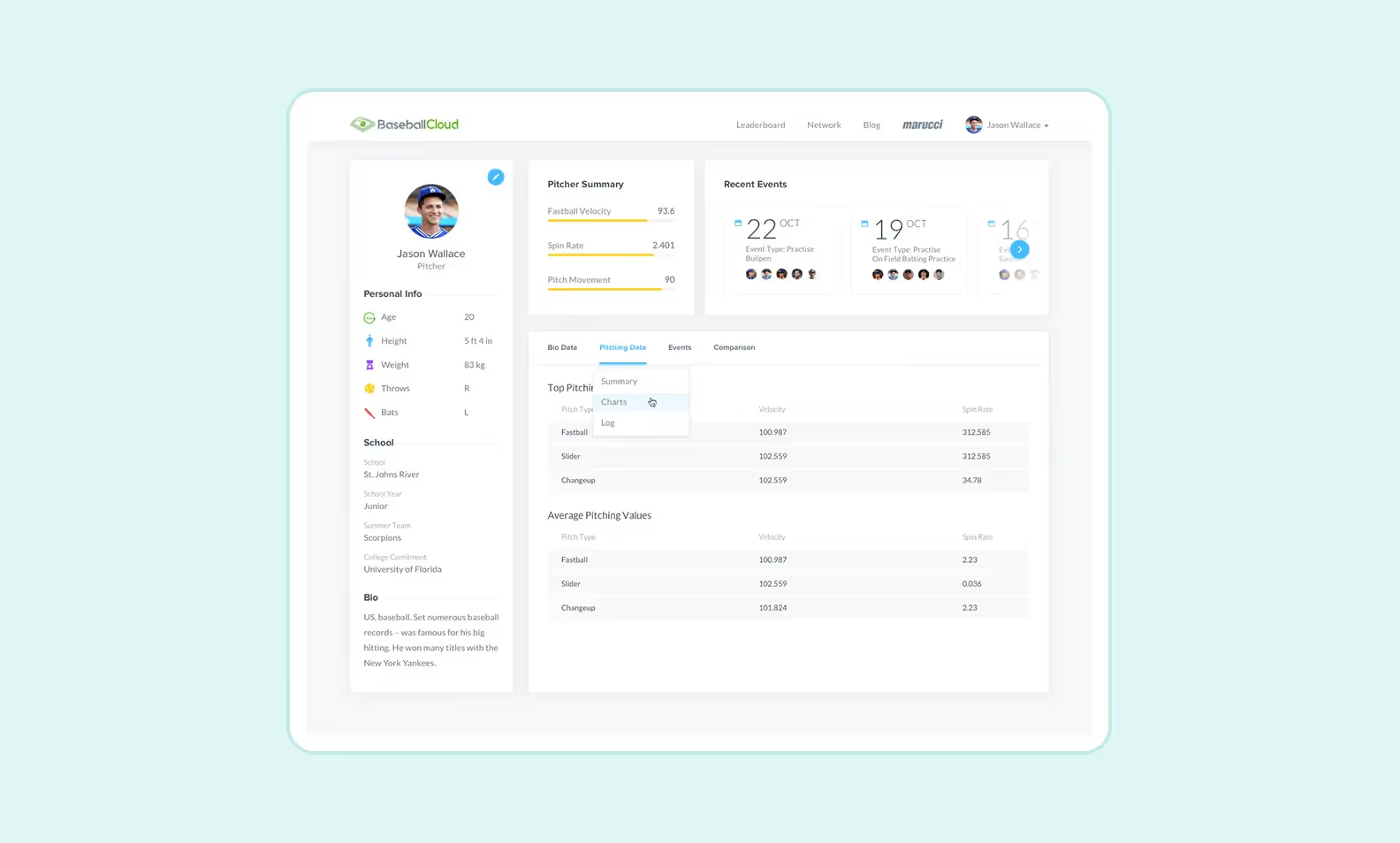
<div class="post_divider"></div>
Here are 5 steps we usually go through to create a CRM system for our clients.
👥Team involved: business analysts, project manager
💰 Estimated cost: free–$4,500
⏰ Timeline: 1–2 weeks
During the discovery phase, our team collects and analyzes business requirements, sets project boundaries, and creates a clear roadmap. This thorough initial process prevents expensive mistakes later.
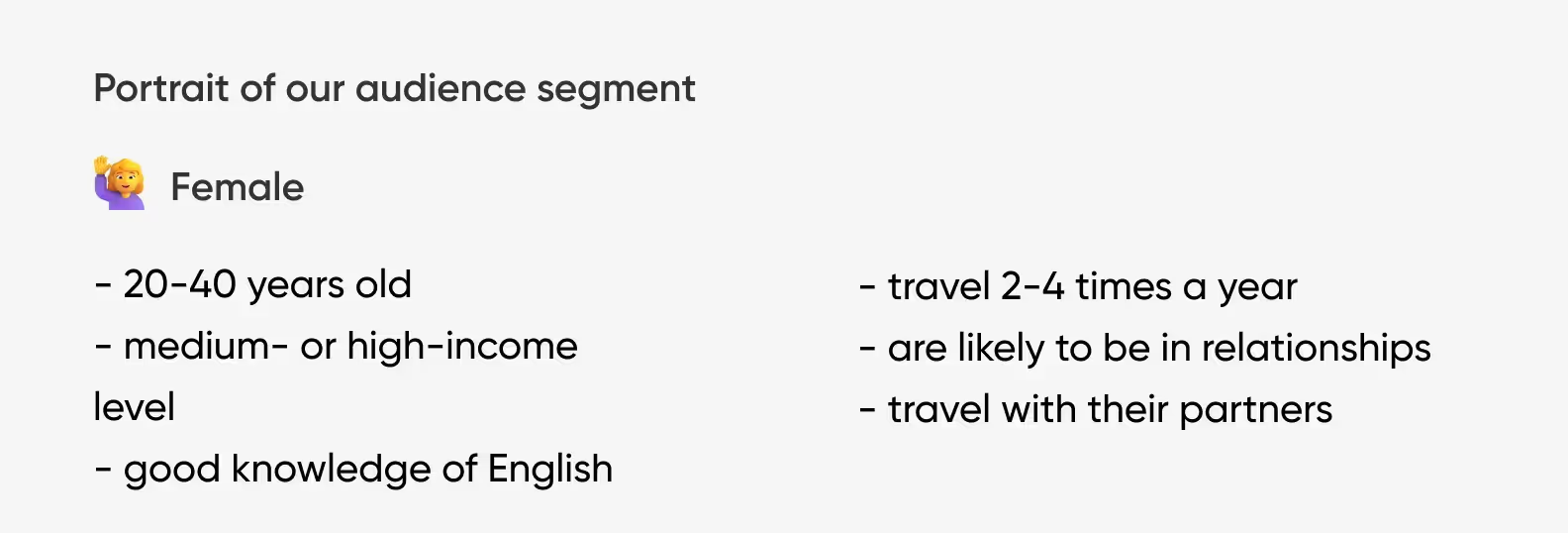
This is when we begin talking to the employees who will use the CRM daily to understand their challenges and needs. These staff members know about operational issues that might stay hidden otherwise.
👥 Team involved: UI/UX designers, frontend developers
💰 Estimated cost: $6,000–$20,000
⏰ Timeline: 4–7 weeks
This stage happens in tandem with architecture planning. Designers first research what CRM users need, then make simple blueprints of the system structure. These become detailed mockups with brand colors and interactive prototypes for stakeholders to test.

👥 Team involved: backend developers, frontend developers, DevOps engineers
💰 Estimated cost: $40,000–$145,000+
⏰ Timeline: 12–32 weeks
The backend and frontend development phase is where the system’s functionality comes to life. This stage is typically the most extensive and resource-intensive, reflecting the complexity and scope of features required.
👥 Team involved: QA engineers, developers
💰 Estimated cost: $12,000–$35,000
⏰ Timeline: in tandem with development
We conduct QA testing alongside development rather than as a separate phase. This lets us catch bugs before the app goes live, and it saves us money in the long run. QA engineers collaborate directly with developers to find and fix issues, which creates a stable, high-quality CRM solution.
👥 Team involved: DevOps engineers, support specialists
💰 Estimated cost: $1,000–$2,000 (initial deployment)
⏰ Timeline: 1–2 weeks for deployment, ongoing for support
The ongoing maintenance cost for your custom CRM depends significantly on which support level you choose. Basic maintenance focuses on essential upkeep like bug fixes, server management, and minor improvements.
For more comprehensive support, you can opt for ongoing development that includes new features, design updates, analytics configuration, and product improvement planning. This higher level of service costs more, usually 20-30% of your initial investment each year.
Some mistakes can break CRM systems and make them unusable for your staff. Read on to figure out what these mistakes are and what they entail.
When a CRM lacks good visual tools, it fails at its main job: to turn customer data into useful insights. Companies with basic CRM visuals face real problems: users miss important patterns, spend too much time on analysis, and make less confident decisions.
<div class="post_divider"></div>
⭐Purrweb’s case
A practicing oncologist approached us with an idea for a mobile app that helps with automating routine tasks, like surveys. The design of the CRM took us around 150 hours to complete, and we managed to release both mobile and web versions without issues.
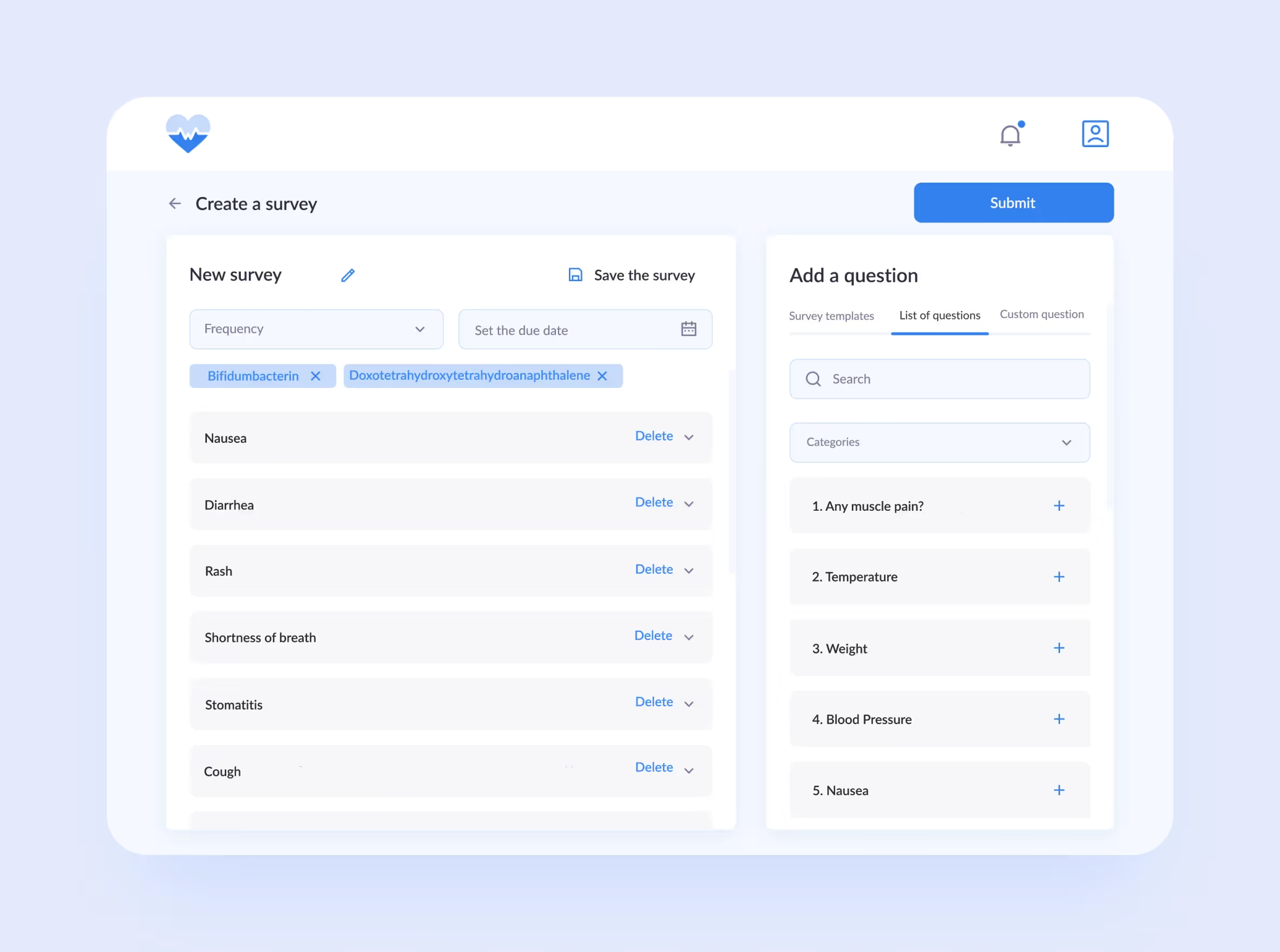
<div class="post_divider"></div>
Confusing language in CRM systems creates real problems that hurt user confidence and cause expensive mistakes. When a CRM uses unclear terms, employees waste time translating system words into business language. This increases training costs, causes data errors, and leaves good features unused.
How do you go about designing a perfect CRM system for your business? We’ve outlined some ideas below.
A minimalist approach to CRM design focuses on simplicity, clarity, and purpose. This principle advocates for removing unnecessary elements while preserving essential functionality.
<div class="post_divider"></div>
⭐Purrweb’s case
A client approached us with a plan to develop Uplead, a lead generation service using a massive 60 million contact database.
They already had an impressive database with all the necessary information, and we initially estimated the project at $15,000, thinking we'd simply connect the database to an interface and handle a few minor details. Reality quickly set in as the project exceeded both time and budget expectations.
Eventually, we found a way to work effectively with the client by prioritizing the endless stream of new features and ideas. In the end, the project got back on track and moved forward successfully.
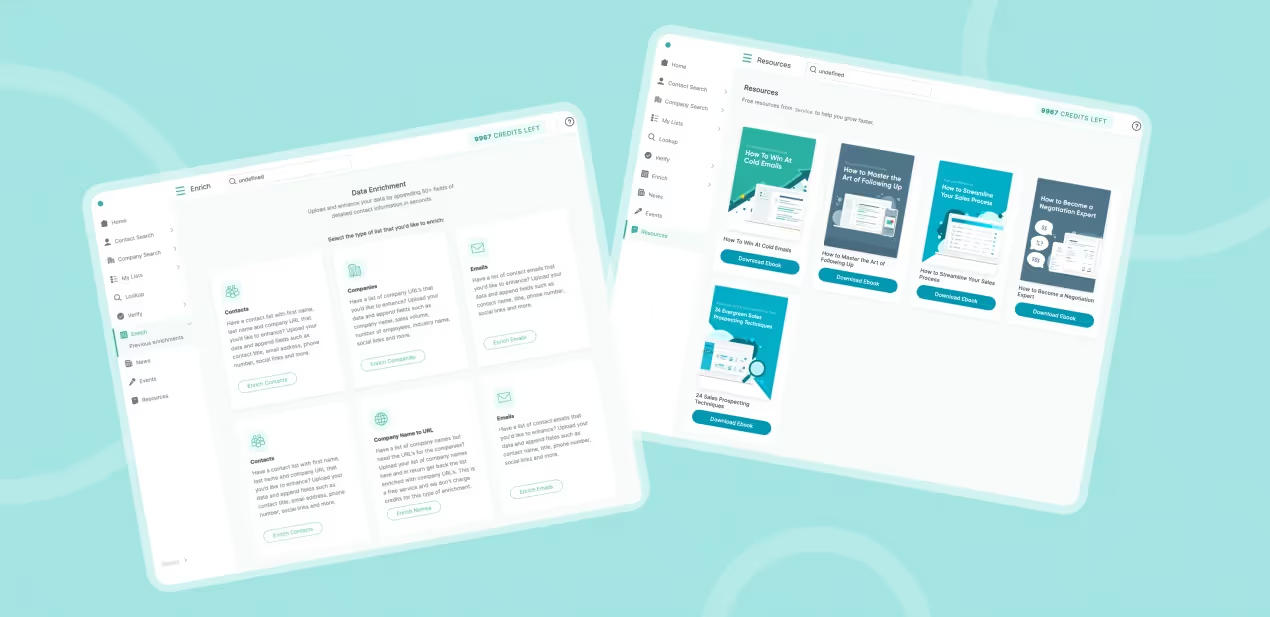
<div class="post_divider"></div>
Designing a CRM with inclusivity in mind ensures all team members can use the system effectively, regardless of their technical skills. Key inclusive design elements include accessibility compliance with WCAG guidelines, multilingual support for diverse teams, and responsive design that works across all devices.
Thoughtful onboarding is equally important for CRM adoption. Try adding interactive guided tours to showcase key features and guide users towards completing their goals.
Security is important in CRM design, as these systems house sensitive customer data and proprietary business information. Avoid security breaches by any means necessary: they can damage customer trust.
Out of many trends, there are two we advise you to keep an eye on:
Modern CRMs use machine learning to predict what customers will do, show which leads matter most, and recommend the next steps — and this turns a simple contact list into a real business advantage.
People want the same convenience at work that they enjoy with Alexa and Siri at home. That’s why voice commands will become more common. The same goes for gesture control and AR: they make data entry less tedious and help field sales reps access customer info without the need to type on small screens.
In order to make a usable CRM, it’s important to understand the difference between UI and UX, as well as how these things impact a given CRM’s usability.
UI refers to design elements. These include buttons, icons, typography, and everything else concerning the visual part of the CRM. UX, however, deals with scenarios and sequences of screens. It describes functionality, user satisfaction, and the overall quality of the user flow.
➡️To create a solid CRM, it’s important to flesh out both UX and UI. We can help you with both. If you want to design a CRM software for your business, <a class="blog-modal_opener">don’t hesitate to contact us via a form</a>. We’ll return to you in 48 hours to discuss project requirements, pricing, and more.